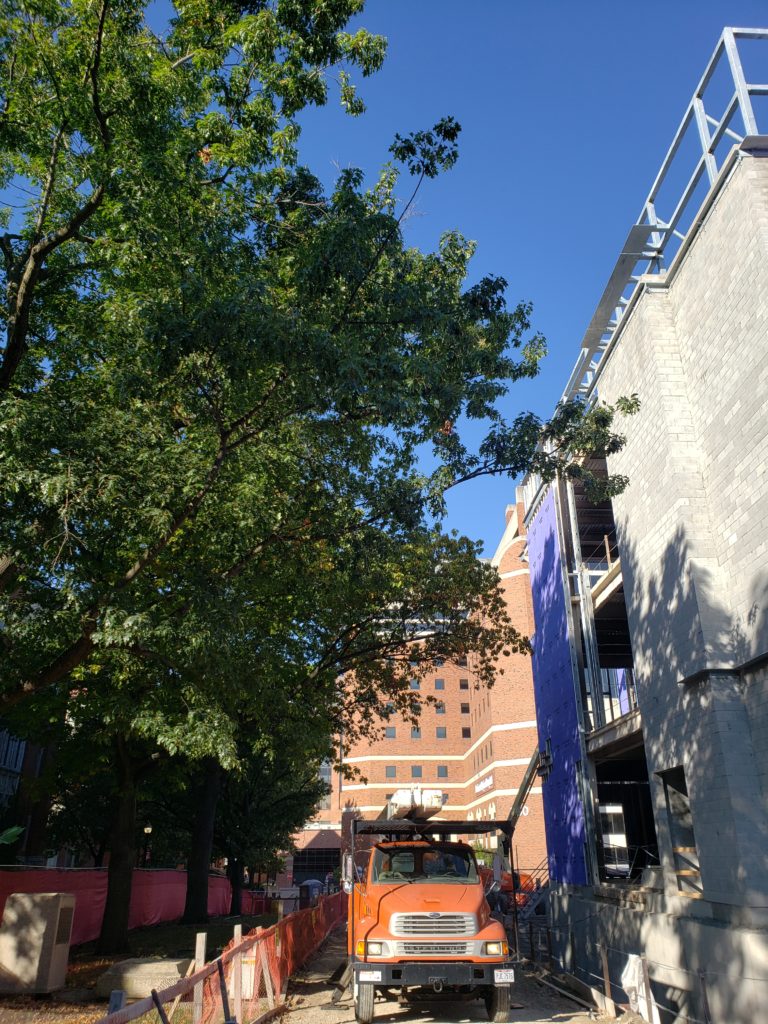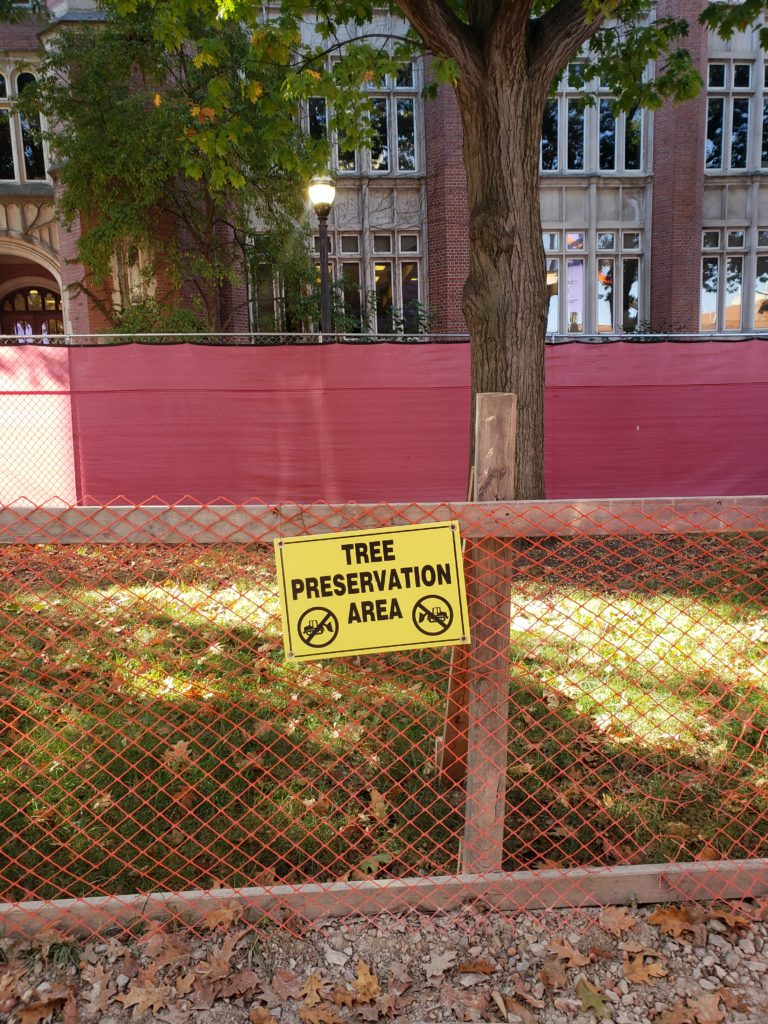A Guide To Tree Preservation During The Construction Process
When we decide to build a new home or add on to an existing home, harming your trees is not the first thing that comes to mind. If they don’t damage the bark or the canopy, the trees are okay right? Not necessarily. We often forget the incredible system of roots underground that we don’t see. We also don’t realize how sensitive this area of the tree really is. In this post we will break down the damage caused to trees as well as advice on how to protect your trees during the construction process.
Communicate With All Parties
Initially before you break ground on your property, a good starting point is to have a certified arborist visit to inform you and your builder on the dangers building can have on trees. This communication effort will help make sure everyone is on the same page. The arborist will then come up with an action plan to protect the trees. This could be as simple as fencing off the trees to ensure that no equipment comes close to them.

Damage From Construction
If you are doing any sort of construction on your property, it is important to realize the damage that can be done to the surrounding trees. A lot of builders are not aware of the damage they can cause to your trees and the impact that heavy equipment can have on the soil below. There is a price to pay for beautiful, wooded lots with nice landscaping. Keeping this asset protected should be a top priority to maintain its value.
Physical Damage
Physical damage is the easiest damage to prevent and can also be very deadly if unchecked. This is caused by heavy machinery being operated too close to the root system or canopy. Damage will also be caused by improper pruning for work clearance or trenching too close to the trunk.
Root Damage
The consequences of damaging a tree’s root can be severe. To put this into perspective, the loss of one major root can impact 5-20% of the total root system. This prevents adequate nutrient and water uptake. Roots are also a trees foundation and means of stabilization. Damaging roots can increase the risk of it failing.
Unnoticeable Damage From Construction
Some effects of construction on property can include soil compaction and changes in grade. These are less obvious than physical damage to tree bark but equally as damaging. When heavy equipment travels over soil, it reduces the pore space where water and gases can enter and dissipate. In layman’s terms, it will prevent root growth and suffocate. This, plus the addition of change in grade can cause serious long-term issues. Adding just a few inches of soil can make it difficult for the roots to penetrate the new layer. This causes suffocation of roots and promotes them to girdle.
Protective Fencing
As stated above, fencing off these areas can be a simple solution. A good rule of thumb for fencing is 1 foot per 1-inch trunk diameter. If for any reason your builder is strongly opposed to fencing, then you can add a 4 to 6-inch layer of temporary mulch. This will help to dissipate the weight load of heavy equipment.

Conclusion
Out of all the methods to protect your trees from the construction process, the most important is healthy communication on all parties. If construction plans are in your future, we encourage you to talk with an arborist near you. This will ensure that you protect the investment you made in your home or business, as well as your trees, for many years to come.

